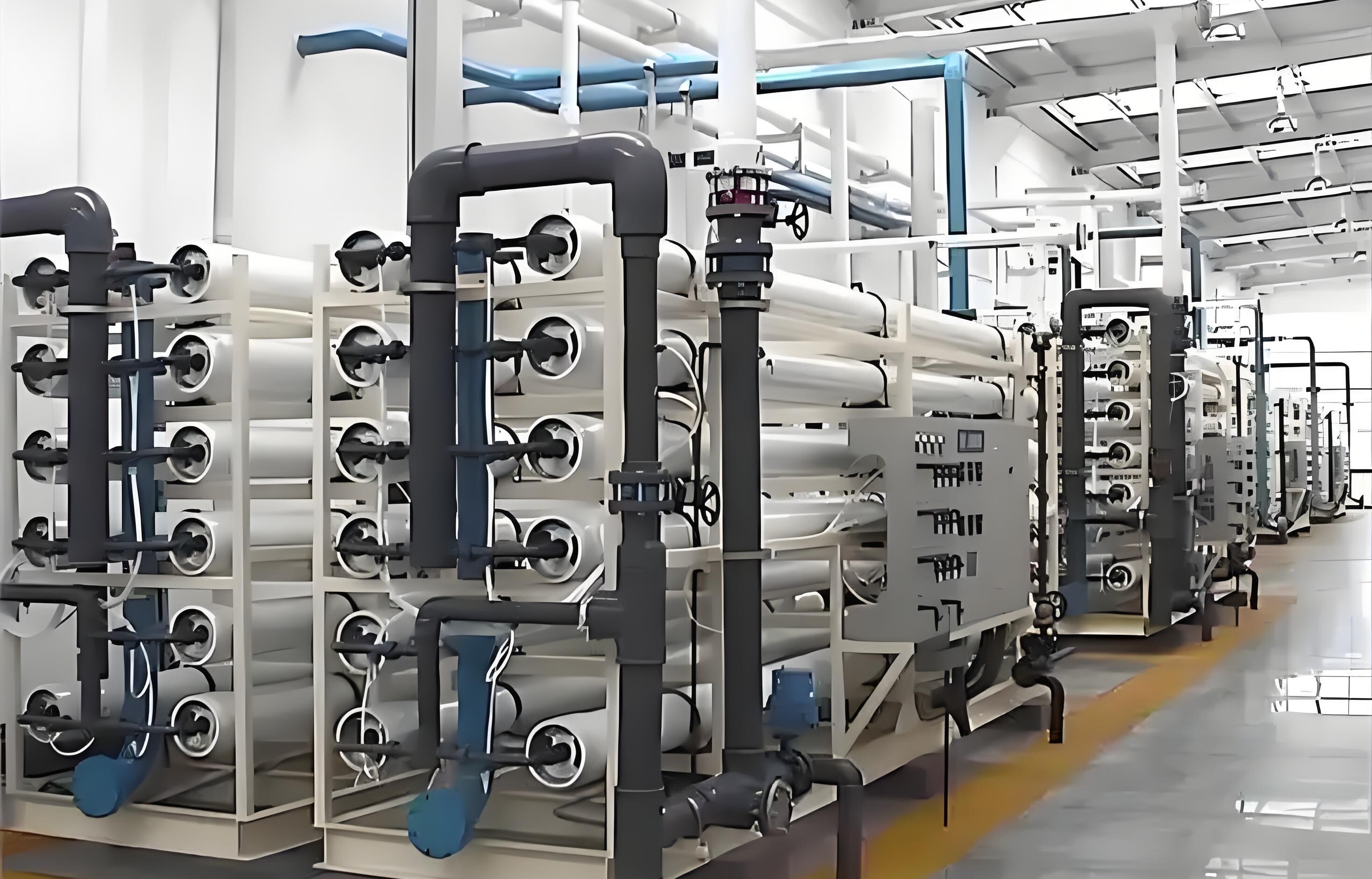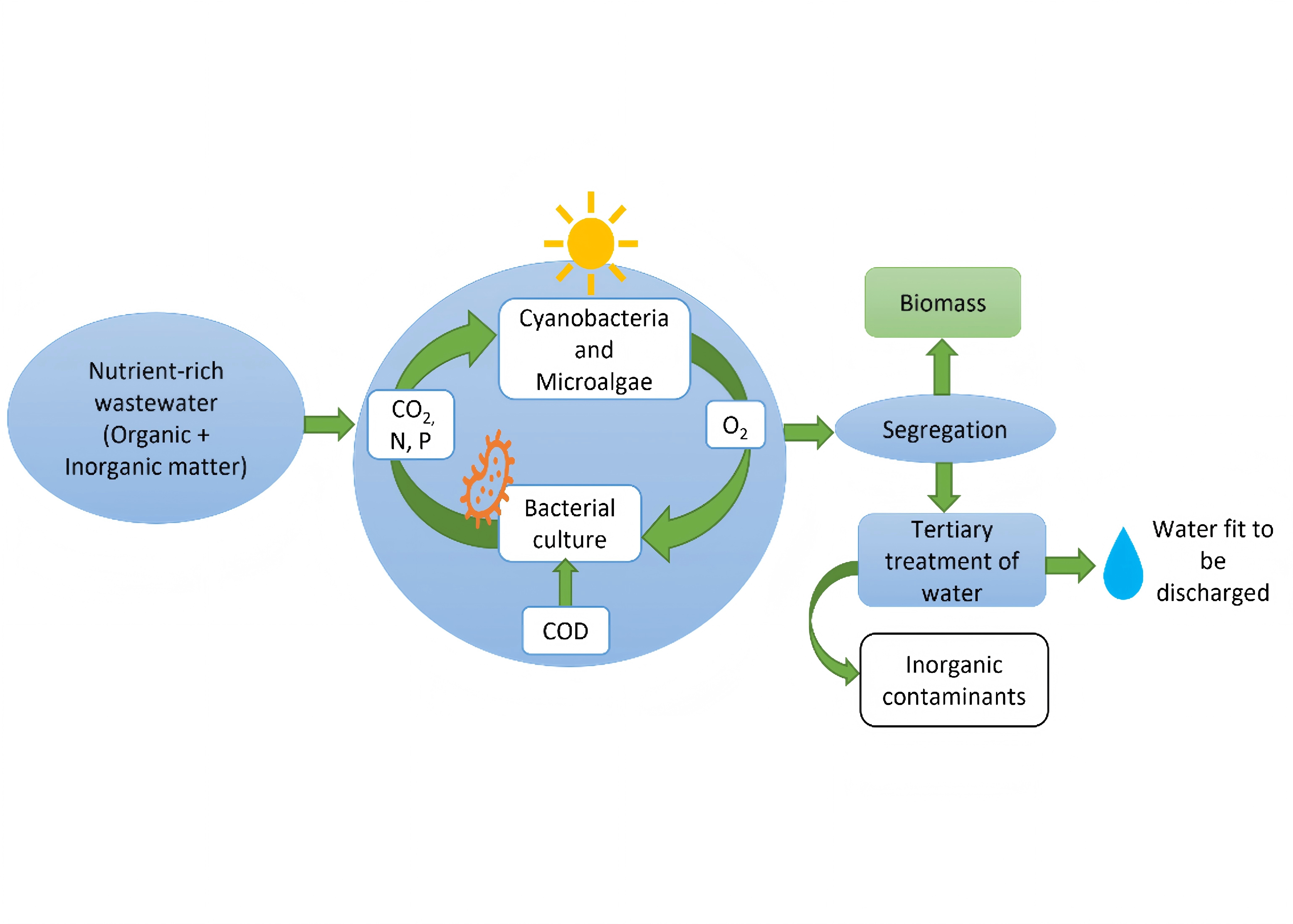Inorganic Wastewater Treatment——Neutralization Heat Recovery

Inorganic Wastewater Treatment —— Neutralization Heat Recovery
Application Examples:
Process Role:
Recovering reaction heat from acid/alkali neutralization to preheat feed liquids.
Example: H₂SO₄ + NaOH → Na₂SO₄ + H₂O (exothermic reaction).
KDP PHE Selection:
Anti-fouling design:
Detachable plates for periodic cleaning (scaling/sediment removal).

Application and Plate Design of KDP Plate Heat Exchangers in Wastewater Treatment: A Detailed Explanation
Plate heat exchangers (PHEs) are widely used in wastewater treatment for heat recovery, high-temperature processing, evaporation, and concentration. Their compact design and high heat transfer efficiency significantly reduce energy consumption. However, due to the complex composition of wastewater (e.g., corrosive substances, suspended solids, and scaling agents), plate materials and system designs must be carefully selected. Below is a detailed analysis.
1. Key Applications in Wastewater Treatment
Waste Heat Recovery
Recover heat from high-temperature wastewater (e.g., industrial cooling discharge, steam condensate) to preheat clean water or other process fluids.
Acidic wastewater (60–80°C) from electroplating plants preheats fresh rinse water, saving over 30% energy.
Preheating black liquor before evaporation in paper mills.
Use wide-gap plate designs (e.g., free-flow plates) to prevent clogging by suspended solids.
Prefer corrosion-resistant materials (e.g., titanium, graphite) for acidic wastewater.
2. Thermophilic Anaerobic Digestion
In sludge digestion, PHEs heat sludge to 50–55°C to accelerate organic decomposition while recovering heat from digested sludge.
Sludge contains solid particles (1–5%) that can deposit between plates.
Hydrogen sulfide (H₂S) and ammonia (NH₃) cause corrosion.
Use detachable PHEs for easy mechanical cleaning.
Select titanium or duplex stainless steel plates (resistant to H₂S).
3. Evaporation & Concentration
In zero liquid discharge (ZLD) systems, PHEs preheat high-salinity wastewater (e.g., RO brine) before evaporation.
Coal chemical wastewater exchanges heat with steam in PHEs to improve evaporation efficiency.
Anti-scaling measures:PTFE-coated plates or graphite materials.
High-pressure tolerance: Welded PHEs (no gaskets) for steam heating.
4. Temperature Control in Chemical Neutralization
PHEs regulate temperature (e.g., 25–40°C) during acid/alkali neutralization reactions.
Heat removal during HCl wastewater neutralization with NaOH.
Plate Material and Design for Wastewater Applications
(1) Plate Material Selection
Wastewater composition varies; material selection depends on corrosivity, suspended solids, temperature, and pressure:
(2) Plate Geometry Design
Flow channel spacing ≥5 mm for fibrous or particulate-laden wastewater (e.g., pulp/paper effluent).
Gasket-free, withstands high pressure (≤40 bar) and corrosive gases (e.g., Cl₂, H₂S).
Allow mechanical cleaning but require periodic gasket replacement (EPDM or FKM).
(3) Surface Treatments
Reduces surface roughness (Ra≤0.5 μm) to minimize fouling.
For scaling-prone wastewater (e.g., hard water with Ca²⁺/Mg²⁺).
Challenges and Solutions in Wastewater Treatment
(1) Fouling
Calcium carbonate, silicates, organic biofilms.
CIP (Clean-in-Place): Regular acid (HNO₃) or alkali (NaOH) cleaning.
Pulsed Electric Field: Inhibits scale crystallization.
(2) Corrosion
Chlorides (Cl⁻), H₂S, NH₃, low pH (<2).
Avoid 316L stainless steel if Cl⁻ >200 ppm.
Use titanium for Cl⁻ or H₂S environments.
(3) Blockage
Install pre-filters (100–500 μm mesh).
Opt for single-pass flow designs (reduces port clogging).
Industry Case Studies
Electroplating Wastewater
Titanium PHEs recover heat from 60°C acidic effluent to preheat plating baths.
Landfill Leachate
Welded PHEs heat concentrate before evaporation (resists NH₃/organic acids).
Petrochemical Wastewater
254 SMO PHEs handle oily, high-salinity streams.
KDP Selection and Maintenance Guidelines
Selection Process:
Maintenance:
Conclusion
PHEs enhance wastewater treatment efficiency via heat recovery, thermal processing, and evaporation, but designs must adapt to wastewater properties:
Materials
Titanium, Hastelloy, or 254 SMO for corrosion resistance.
Structures
Wide-gap or welded designs for solids/high-pressure tolerance.
Maintenance
Combine CIP and mechanical cleaning.
Properly selected PHEs can reduce treatment costs by >30% while extending equipment lifespan.

King DuPont, China famous brand of heat transfer and fluid handling supply platform.
Contact

Get Free Quotes
NEED TO CHAT?
We will get back to you within 24 hours of receiving the message.

